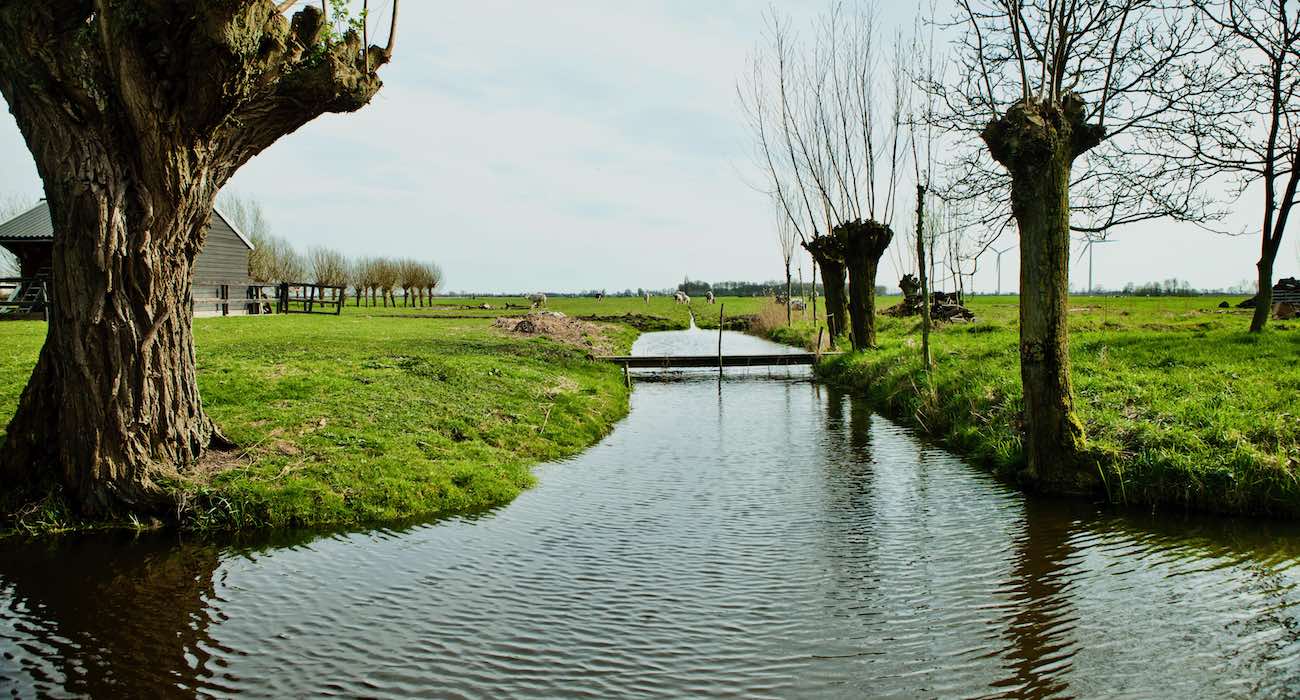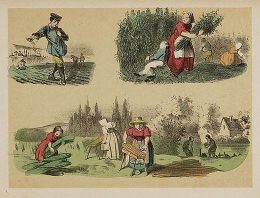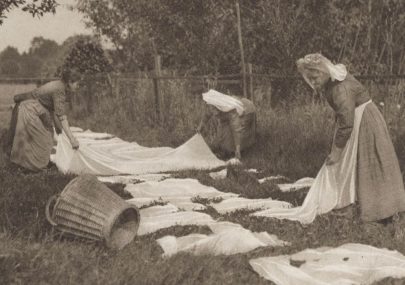
Why everyone grew weed!
lmost 500 years ago, it was very common for farmers and farmers to use part of their land for growing hemp. This happened on a so-called rootland. It was an opportunity to earn a nice little extra with pieces of land that would otherwise be difficult to use. Certainly in the years of the Golden Age, the demand for hemp as a raw material for the products in shipping was enormous.
We liked naming the apartments after old elements of the farmyard. Probably there used to be a small 'rootland' (retting field) at our place, where our horse stable is now. When we got here there was a large chicken shed right on the water. So we named one of the apartments Rootland after the meadow where the hemp once stood.
Femke Berns, Onder den Peerenboom
The what and why of a rootland.
A rootland, also known as a hemp pack, was usually the headland of the arable land or some other unused piece of land on the farm. On this piece of land, the dredge from the ditches and excess manure were collected. This manure was an excellent soil for growing hemp. For a long time, the hemp generated good money as a raw material, especially for the construction industry and sail making. It was a welcome addition to the increasingly difficult conditions for farmers and farmers to survive.
Retting
Retting is the process of wetting and holding the hemp to release the fibers. Sometimes this happened in running water of rivers or in still water of waterways or ditches (mud roten). Another form of retting was field retting or dew rites in which the hemp was spread over the rootland. The hemp then became wet with dew and rain. For that it had to be turned regularly. Di also had to prevent the hemp from rotting
Hemp and the Golden Age
The cultivation of hemp was initially intended for personal use on the farm. It was only in the Golden Age that the demand for hemp exceeded the supply and cultivation became very lucrative. The hemp seeds were used in the making of oil and soap. The fine fibers were a raw material for the production of textiles and sails, and the coarse fibers were, after all, for the rope industry.
Rootlandjes (retting fields) in Benschop.
You could find hemp fields in the area roughly between Amsterdam, Dordrecht, Gorinchem and Utrecht. This is roughly the area that we would now call the Green Heart of the Netherlands. Benschop is right in the middle of this and is mentioned in the literature when it comes to growing hemp. The reason for the rootlands here in the area is the connection with the rope industry in Oudewater. This year (2020) the rope factory located there will be 475 years old.
Onder den Peerenboom and Rootland
There was probably also a small rootland on the Onder den Peerenboom site. The piece of land is completely surrounded by water (see also photo above, left). In addition, where the horse stable now stands 20 years ago, there was a typical chicken shed on the edge of the water. Such a chicken shed is often a remnant of the hemp cultivation. After retting, the hemp had to be dried by a fire. The barn made for this was always close to the ditch because of the possibility to extinguish quickly in the event of a fire. Later these sheds were often used as henhouses.
Ps .: in case you were wondering – yes, hemp was also smoked!



